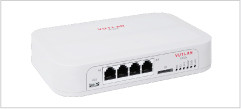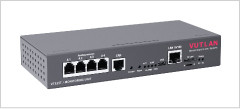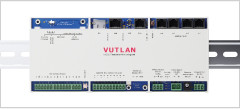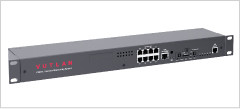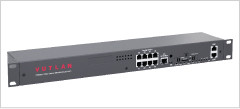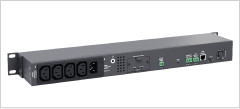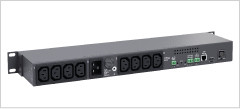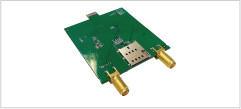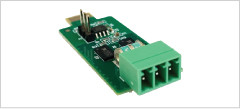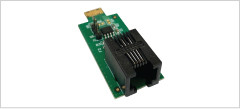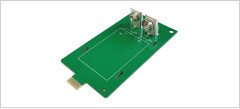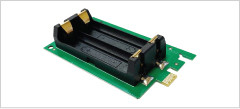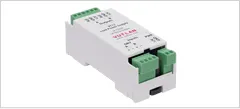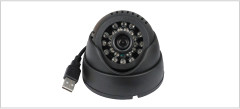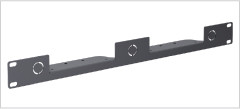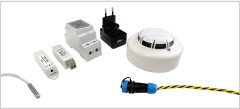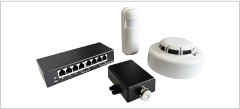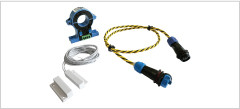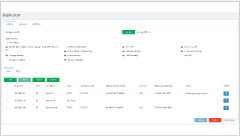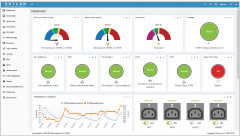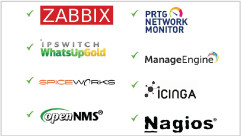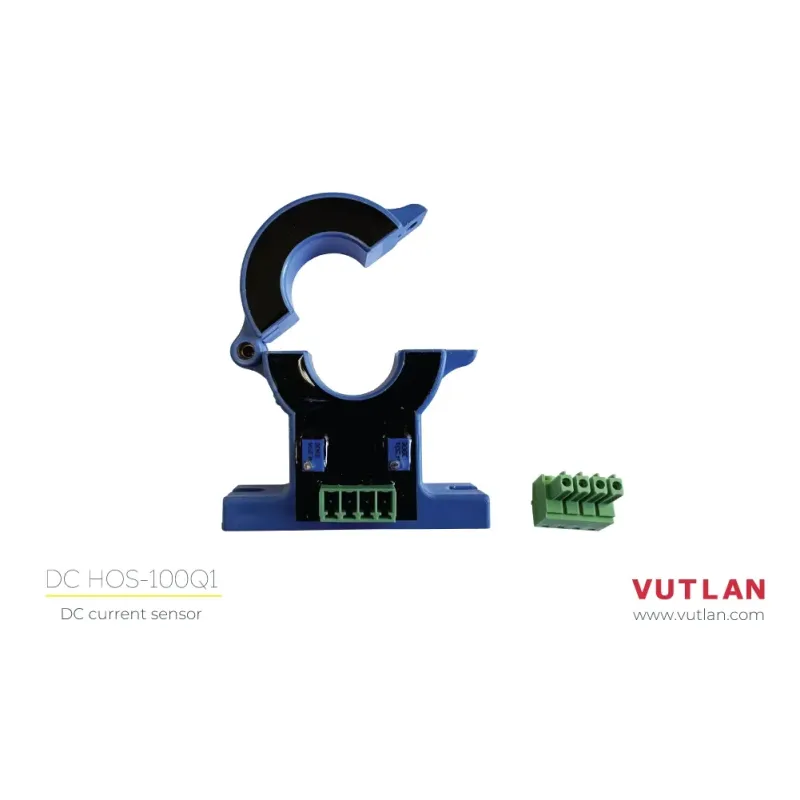HAT-100Q1 AC Current Transducer
Description
The HAT-100Q1 is a simple open-loop AC current transducer that measures AC currents in the range of 0-100A. It is designed for monitoring and controlling power consumption and is ideal for applications where precise AC current measurements are critical. The transducer detects the current and outputs an analog signal that can be processed by a monitoring system.
To transfer the measured AC current data, the VT407 AC converter is used. It is an analog plug-and-play device that connects to any available analog port (A1...A8) on a Vutlan monitoring unit. This allows for seamless integration of current monitoring into the broader Vutlan monitoring system, providing real-time data on current consumption and enabling the system to react to overcurrent situations or electrical failures.
Additionally, the maximum number of VT407 converters connected to the system and the maximum length from the monitoring unit can be expanded using the VT408 / Sensor extension unit, offering scalability for larger monitoring setups or more complex infrastructures.
This combination is ideal for monitoring power usage in data centers, industrial environments, or telecommunications facilities, where reliable power monitoring is crucial for maintaining operational efficiency and safety.
Required Components
VT407 AC current converter
VT407 transfers the data received from HAT-100Q1 into Vutlan monitoring system.
Specifications
Sensor type:
AC current transducer
Used for:
Measures AC currents in the range of 0-100A and and send the data in the range 0-5V
Measured AC current:
0-100A
Maxamum distance:
50 meters from the monitoring unit or VT408 extension unit
Outputs:
4 pin terminal, pitch 3.81mm
Operating temperature:
Min. -10° C - Max. 80° C
Operating humidity:
Min. 5% - Max. 95% (Non-Condensing)
Power input:
±12V
Dimensions:
Size 60 × 61 × 16 mm, internal diameter 21mm
Mounting:
Wall mount, hanging
Manufactured in:
China
HS Code:
9030 33 100
GTIN:
8588009886549
Warranty:
90 days
Use cases
These use cases demonstrate the versatility of the HAT-100Q1 and VT407 for various industries, particularly where accurate AC current monitoring is crucial for maintaining operational safety, efficiency, and reliability.
- Real-time AC current monitoring: Ensuring that server racks and cooling systems are operating within the correct current limits to prevent overloads or electrical failures.
- Energy Usage Optimization: Tracking the power consumption of critical infrastructure to identify areas for reducing energy waste and improving overall efficiency.
- Motor Current Monitoring: Measuring the current drawn by industrial motors to detect potential issues like overcurrent, which could lead to motor failure or energy inefficiency.
- Equipment Health Monitoring: Providing insights into the health of electrical equipment by monitoring current fluctuations, allowing for predictive maintenance and avoiding unexpected downtime.
- Power Supply Monitoring: Monitoring the current flowing to telecommunications equipment to ensure that devices such as routers, switches, and backup power systems are receiving stable and reliable power.
- Backup Systems: Ensuring that AC power backup systems (like generators or UPS units) function properly during power outages by monitoring the current being drawn.
- Solar Inverters and Wind Turbines: Monitoring the AC current generated by renewable energy sources such as solar panels or wind turbines to ensure they are operating within safe limits and optimizing energy output.
- Grid Integration: Tracking the current flow from renewable systems into the main grid for efficient energy distribution and ensuring compliance with grid standards.
- HVAC System Monitoring: Ensuring that air conditioning, heating, and ventilation systems are running efficiently by measuring the current used by large fans, compressors, and other components in the system.
- Load Management: Preventing overloading of circuits by monitoring the power consumption of multiple HVAC units, particularly in large commercial buildings.
- Charging Current Monitoring: Tracking the AC current supplied to electric vehicles at charging stations to ensure proper and efficient charging, preventing damage to both the vehicle and the charging infrastructure.
- Fault Detection: Detecting abnormal current spikes or drops, which can indicate faults in the charging system or the vehicle, ensuring safety and reliability.
- Load Shedding: Monitoring the AC current to strategically reduce the load on electrical circuits during peak energy usage periods, preventing overloads and improving energy efficiency.
